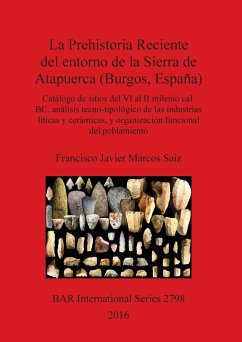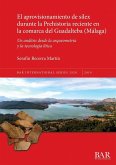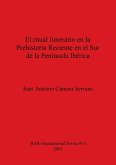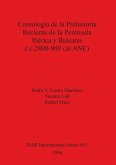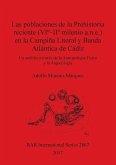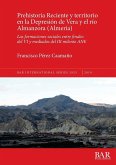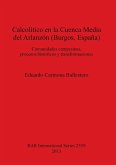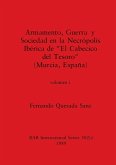The rich Pleistocene and Holocene archaeological and palaeontological records in the Sierra de Atapuerca caves (Burgos, Spain) have aroused major interest in the evolution of the area's prehistoric settlement. Of particular relevance to this work are the karst contexts containing archaeo-stratigraphic levels dating from the VI to the II millennium cal. BC, the megalithic structures and the open air sites. From 1999 to 2014 a research project covering a 314 km2 area (10 km radius around Mayor Cave) was developed. The fieldwork was based on ten archaeological surveys with a full-coverage intensive systematic method. This book is the first published monograph of all Holocene sites recorded to date in the vicinity of Sierra de Atapuerca: caves, megalithic structures and open air sites (surveyed sites and excavated sites) from the Neolithic to the Bronze Age. It also presents the radiocarbon dates, the results of the systematic survey project (some 200 prehistoric sites), the techno-typological analysis of all the material remains (lithic and ceramic tools), the site periodization, the technological evolution by periods, the functional organization of the population process, the economic exploitation with a subsistence agriculture andlivestock strategy, the spatial distribution by periods, the GIS geospatial database and a thorough, up-to-date cartography of every Holocene archaeological site in this area. These findings show that the area around Sierra de Atapuerca may be one of the best potential sources for deeper knowledge of Late Prehistory on the Northern Iberian Plateau.
Hinweis: Dieser Artikel kann nur an eine deutsche Lieferadresse ausgeliefert werden.
Hinweis: Dieser Artikel kann nur an eine deutsche Lieferadresse ausgeliefert werden.

